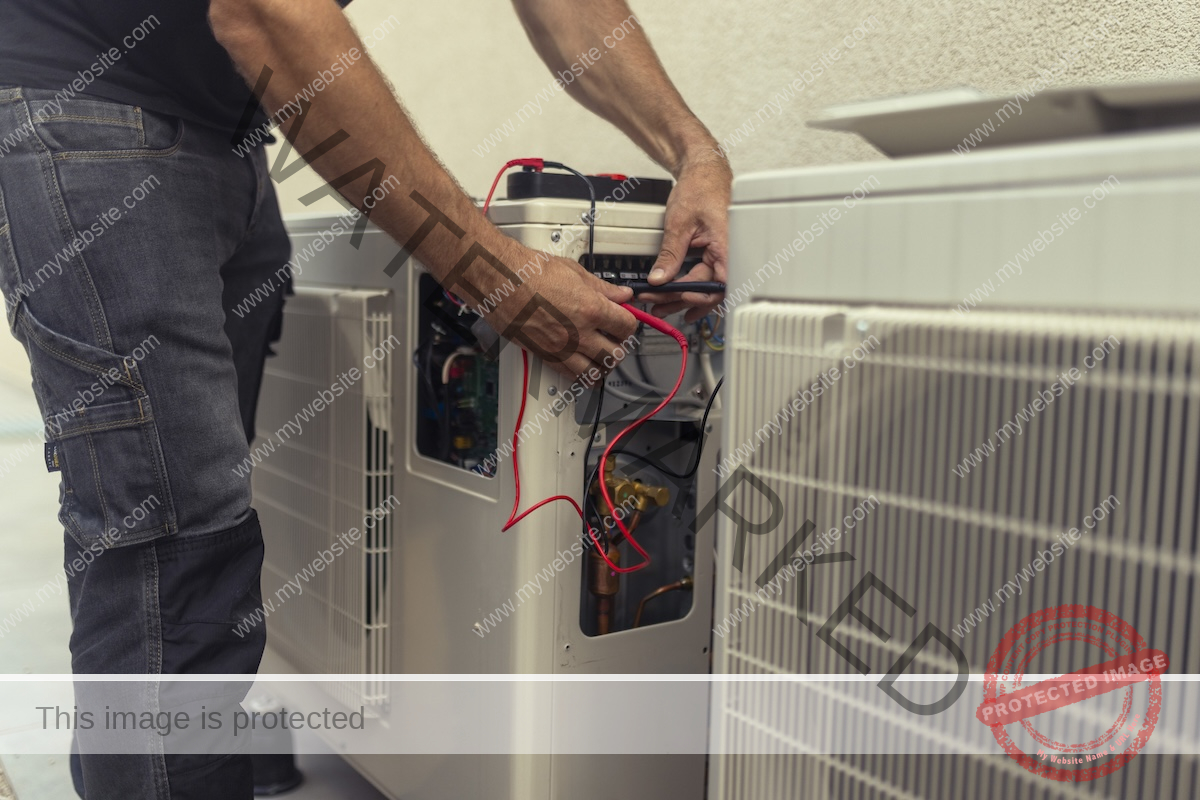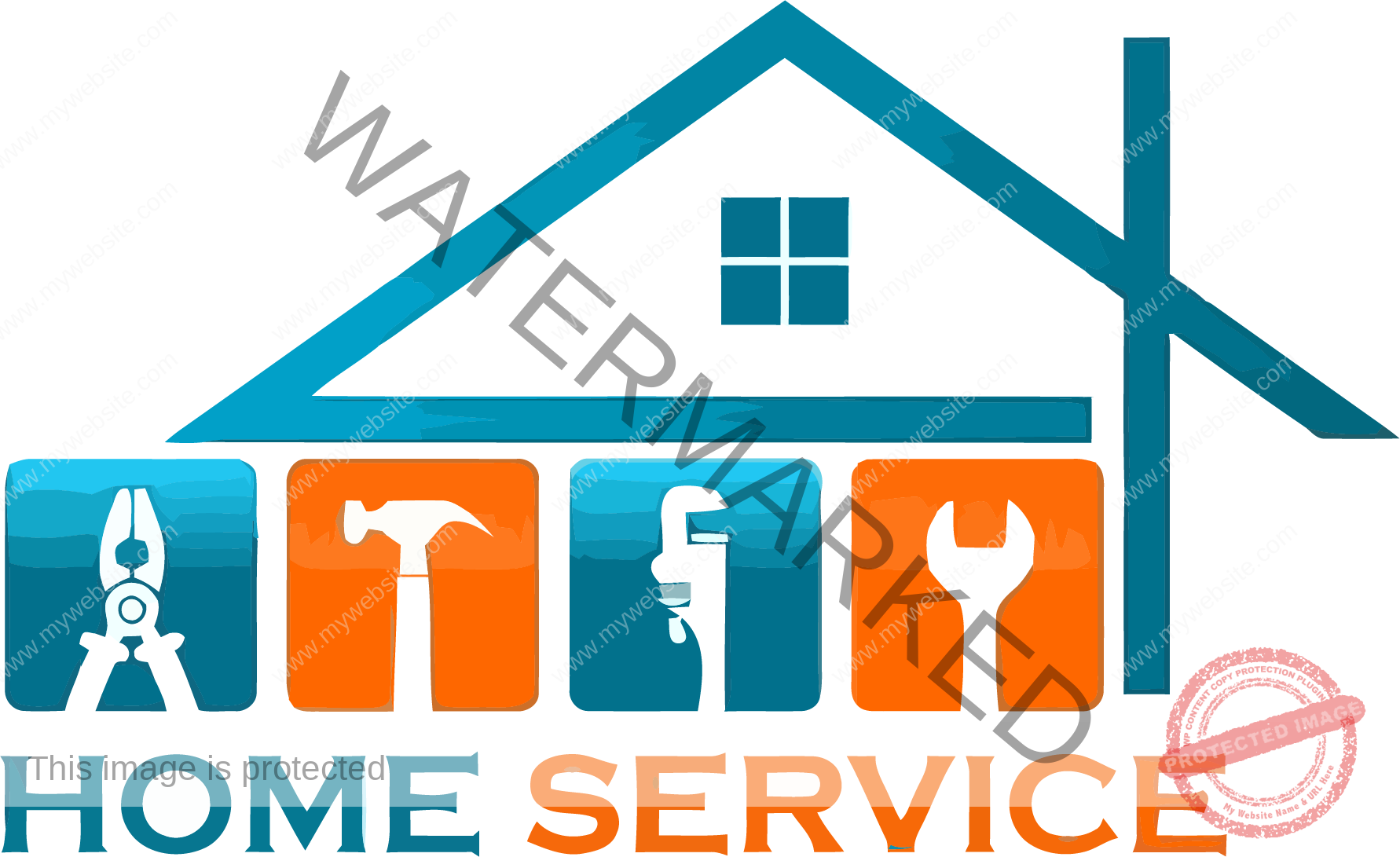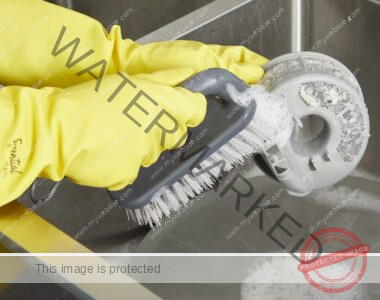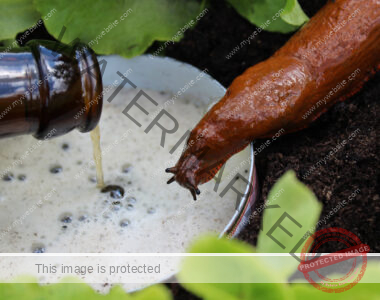
Keeping your home warm is essential during the fall and winter months, so when the heat pump is not heating and is blowing cold air when it should be blowing hot air, fixing the source of your heat pump problem becomes a top priority. She goes. You wouldn’t be blamed for calling the professionals right away, but you might be able to fix the problem yourself With a little information.
Adam Ross, summarizing how a heat pump works, South Florida Academy of Air Conditioning Executive Director and Owner of aircon repair in Fort Lauderdale, Florida, explains, “A heat pump transfers heat between indoor and outdoor air. It uses refrigerant to absorb heat from the outside air (even in cold weather) and move it inside to heat the home. In cooling mode, it reverses the process, extracting heat from indoor air and releasing it outside.
If your heat pump is not heating your home as it should, it means that one or more parts of the above process is not working correctly and it is time to diagnose the problem. Below are some of the most common causes of a heat pump not heating. Once you’ve identified your problem, there are several ways to fix a heat pump – either on your own or, in some cases, with help. hvac professional,
Refrigerant is low or leaking.
For the heat pump to function properly, the refrigerant must be filled in the proper amount. However, if there is a leak in the refrigerant line, the system may lose its ability to effectively transfer heat from one area to another. This also means that during the warmer months of the year, a Heat Pump Not Cooling Refrigerant may also be low or leaking.
“Handling refrigerants requires special equipment and knowledge due to environmental risks,” Ross advises. So if you suspect that the heat pump not heating is due to low refrigerant levels or a leaking refrigerant line, you will need to contact a local HVAC company for repair.

Air filters are dirty and clogged.
Clogged air filters are a common HVAC problem, so no matter what problem you have heat pump or furnaceIt is advisable to inspect the air filter for blockages. Air filters trap hair, dust, dirt and other debris, passively cleaning the air before it enters the home, but if the heat pump is not working, it can accumulate to the point of blocking the air filter. May be due to debris occurring.
If your air filter is more than 90 days old, replace it with a new one if you have a spare. Otherwise, wipe the filter as thoroughly as possible with a microfiber cloth, remove any remaining debris with a handheld vacuum or vacuum attachment, rinse it thoroughly under warm water, and reinstall it after it is completely dry.
Preventing this problem from recurring is relatively simple: simply check the air filter once a month and plan to clean or replace it once every three months. This basic maintenance step will keep the heat pump system functioning efficiently and reduce the risk of future filter-related problems.

There is a problem with the thermostat.
An often overlooked source of a heat pump not blowing hot air is the thermostat. Without checking the current settings on the thermostat, most homeowners will figure out that the problem is with the actual unit – but even then best heat pump If the temperature is kept low enough, cold winds will blow even in winter. Therefore, before contacting an HVAC company, check the current thermostat settings and make adjustments if necessary.
Alternatively, the thermostat may become uncalibrated due to a sudden impact, such as someone hitting it or dirt accumulating inside the device. This may cause the thermostat to drop down a few degrees, which turns on the heat pump which blows out cool air when it gets hot. To resolve this problem, recalibrate your thermostat by following the instructions in the unit’s operating manual or contact an HVAC pro to recalibrate the thermostat for you.
The unit is blocked or frozen.
The heat pump needs space around the outdoor unit so it can draw air into your home, but if the unit is blocked, it can prevent the heat pump from working properly. Remove any snow, ice or leaves that have accumulated around the outdoor unit, and remove nearby objects that may restrict airflow.
Likewise, if the outdoor unit is frozen, it will not be able to transfer heat indoors. Check the outdoor unit for any ice or frost on the copper tubing or coils. While most heat pumps have an automatic defrosting function, you should try to clear some of the ice off by turning off the heat pump system at the circuit breaker and running hot water over the sides of the heat pump. If the problem persists, contact a professional HVAC contractor to assess and resolve the situation.
There is a faulty reversing valve in the system.
One of the characteristics that makes it Heat Pump Worth the Cost The thing is that it is capable of both heating and cooling. However, the system uses a device known as a reversing valve to switch between those functions. If the reversing valve on a heat pump system is faulty, the heat pump will not be able to switch from cooling to heating, which may be the reason why your heat pump is sending cold air into the house.
Reversing valve problems can cause a heat pump to send hot air into the home during the warmer months. To fix a faulty reversing valve, you will need to have a trained HVAC professional confirm that this is the source of the problem and replace the valve on the system. Once this is completed, heat should be restored to the home.

There is a problem of electricity.
Heat pumps require electricity to operate, so if there is a problem with the power source, such as a breaker shorting or tripping, it can cause problems with the heat pump. Additionally, both the indoor and outdoor units have separate power switches, so you will need to make sure both switches are in the on position for the heat pump to function properly.
Check the power switch on the indoor air handler, then go outside to check the switch on the exterior of the house, closer to the outdoor unit. If both switches are on, the breaker may have tripped or a fuse may have blown. Inspect the fuse on the outdoor unit, then go inside to check the breaker box. Resetting the breaker may resolve the problem, but if exterior fuses have blown or the breaker is repeatedly tripping, contact an HVAC pro to assess and repair the problem.
Troubleshooting a Heat Pump That Isn’t Heating
Before you contact your local HVAC company to handle a heat pump that won’t heat, you may be able to identify the problem and, depending on the heat pump issues you discover, make the repair yourself. Are. Ross suggests following these steps for heat pump troubleshooting:
- Check Thermostat Settings: Make sure the thermostat is set to “Heat” and the temperature is adjusted correctly.
- inspect air filter: Replace dirty filters, as restricted air flow may affect heating.
- check power supply: Check the circuit breaker or fuse to make sure there is power to the unit.
- inspect outdoor unit: Look for ice accumulations, debris or blockages. Defrost if necessary and remove any blockage.
- Inspect for refrigerant leaks: Low refrigerant can prevent the system from overheating effectively, but this often requires a professional to fix.
If you have gone through each of these steps and the heat pump still will not heat, it is recommended to contact an HVAC professional. hvac and ac repair cost They are generally reasonable depending on the issue, although it is worth researching and comparing prices from several reputable companies in the area.



